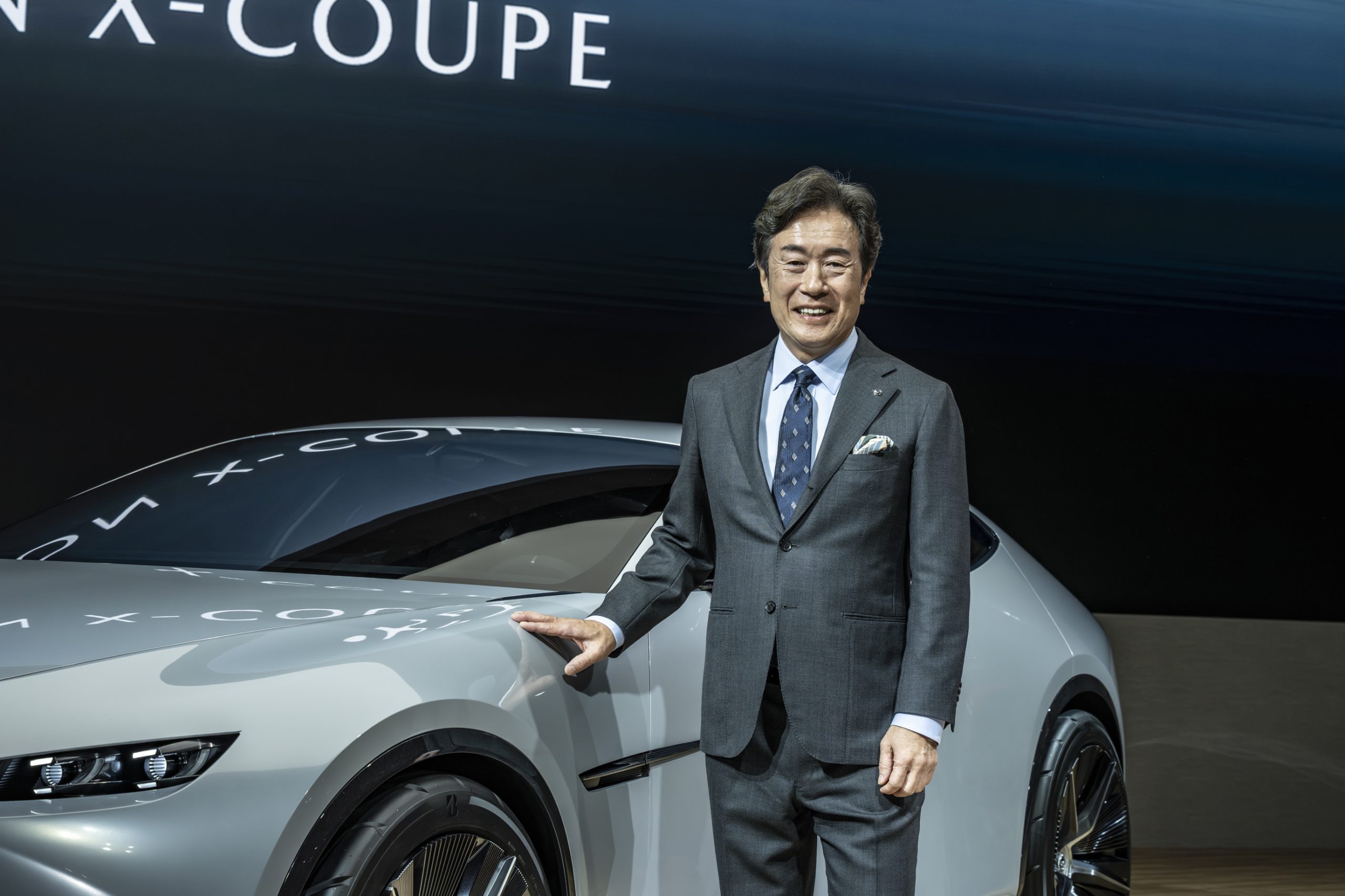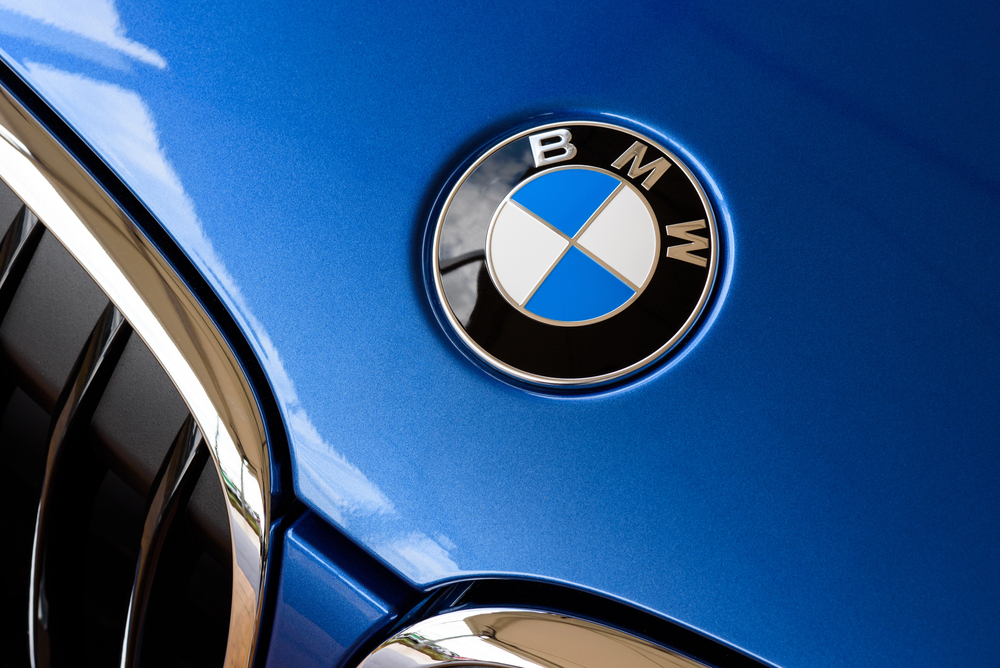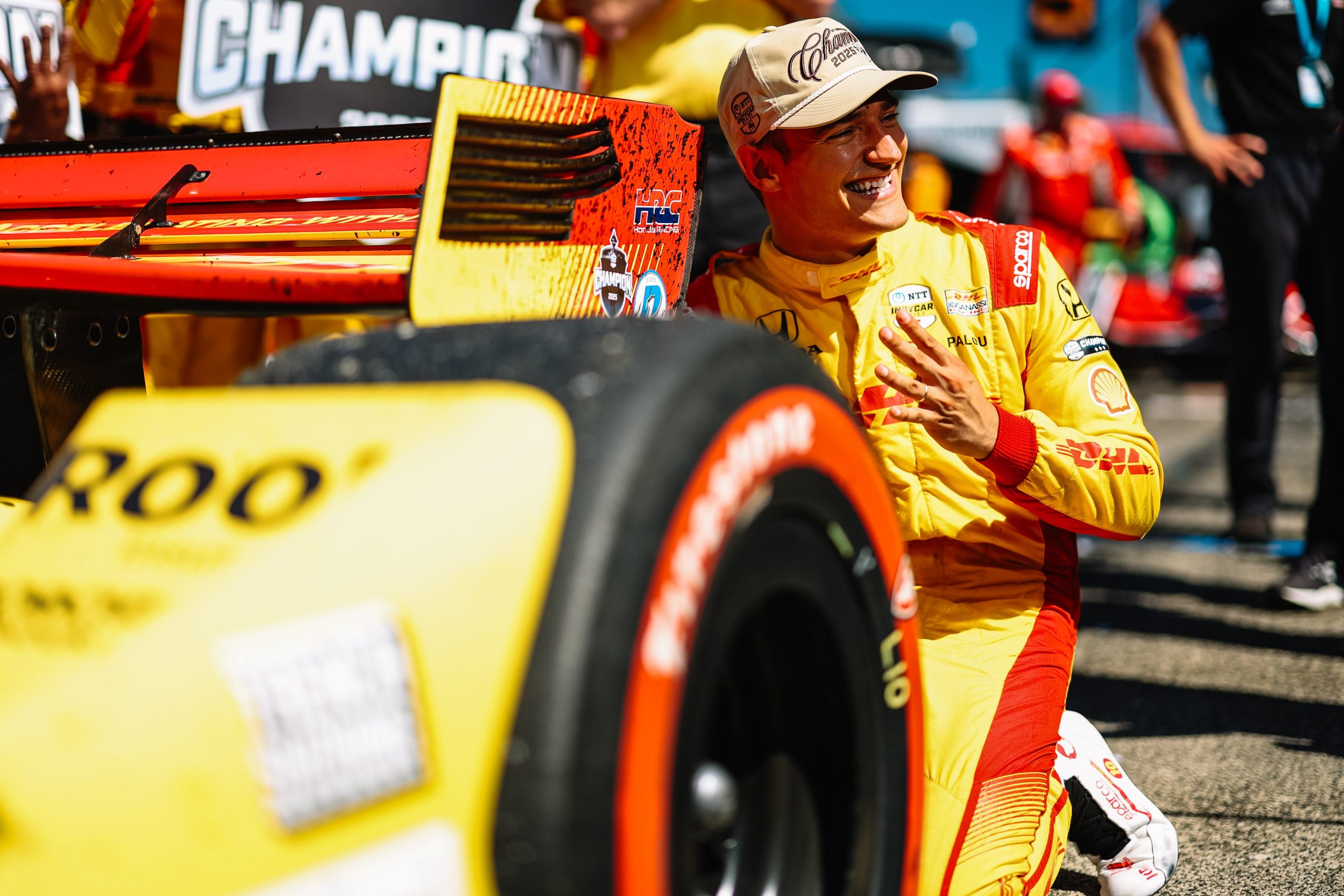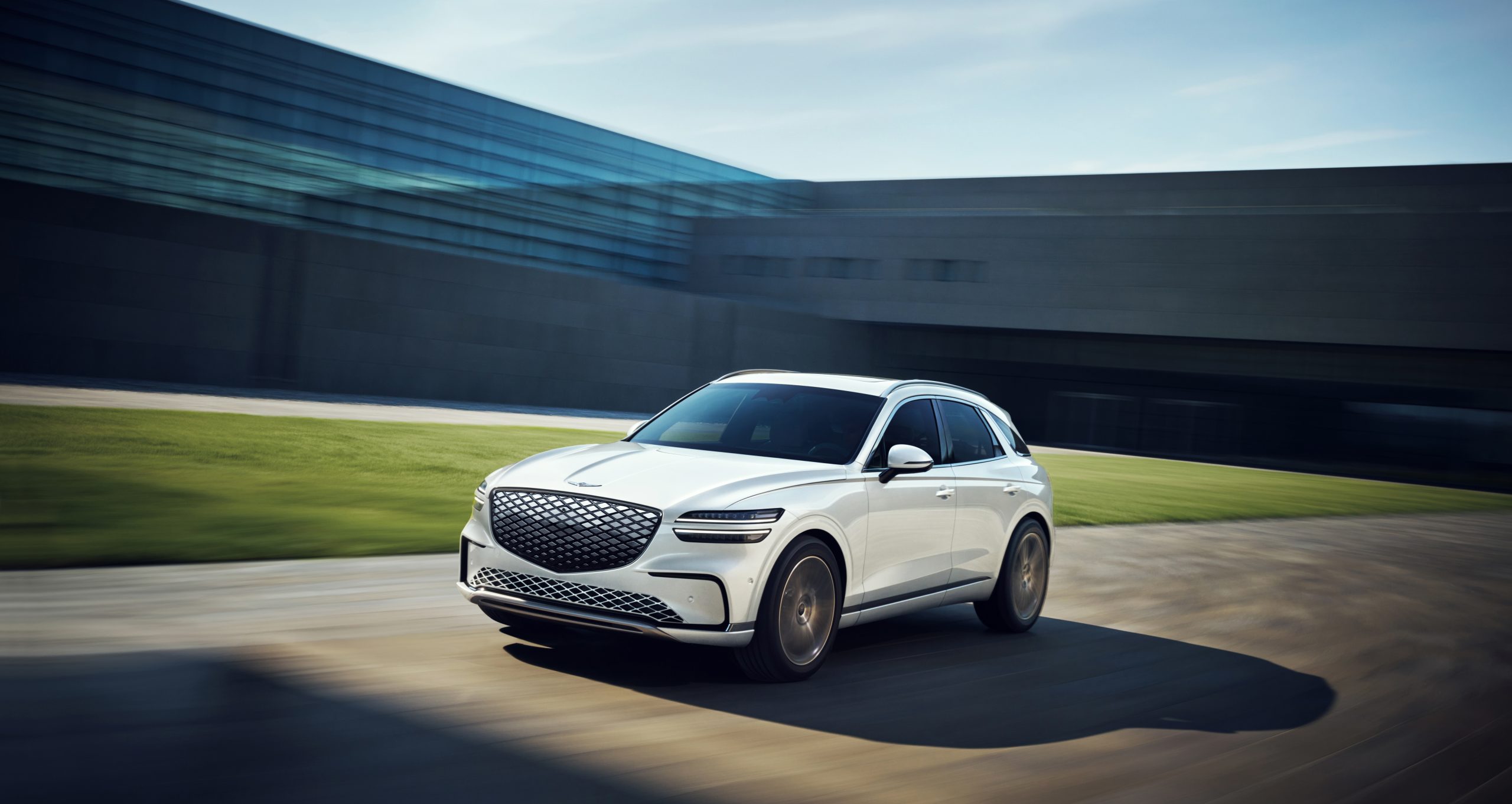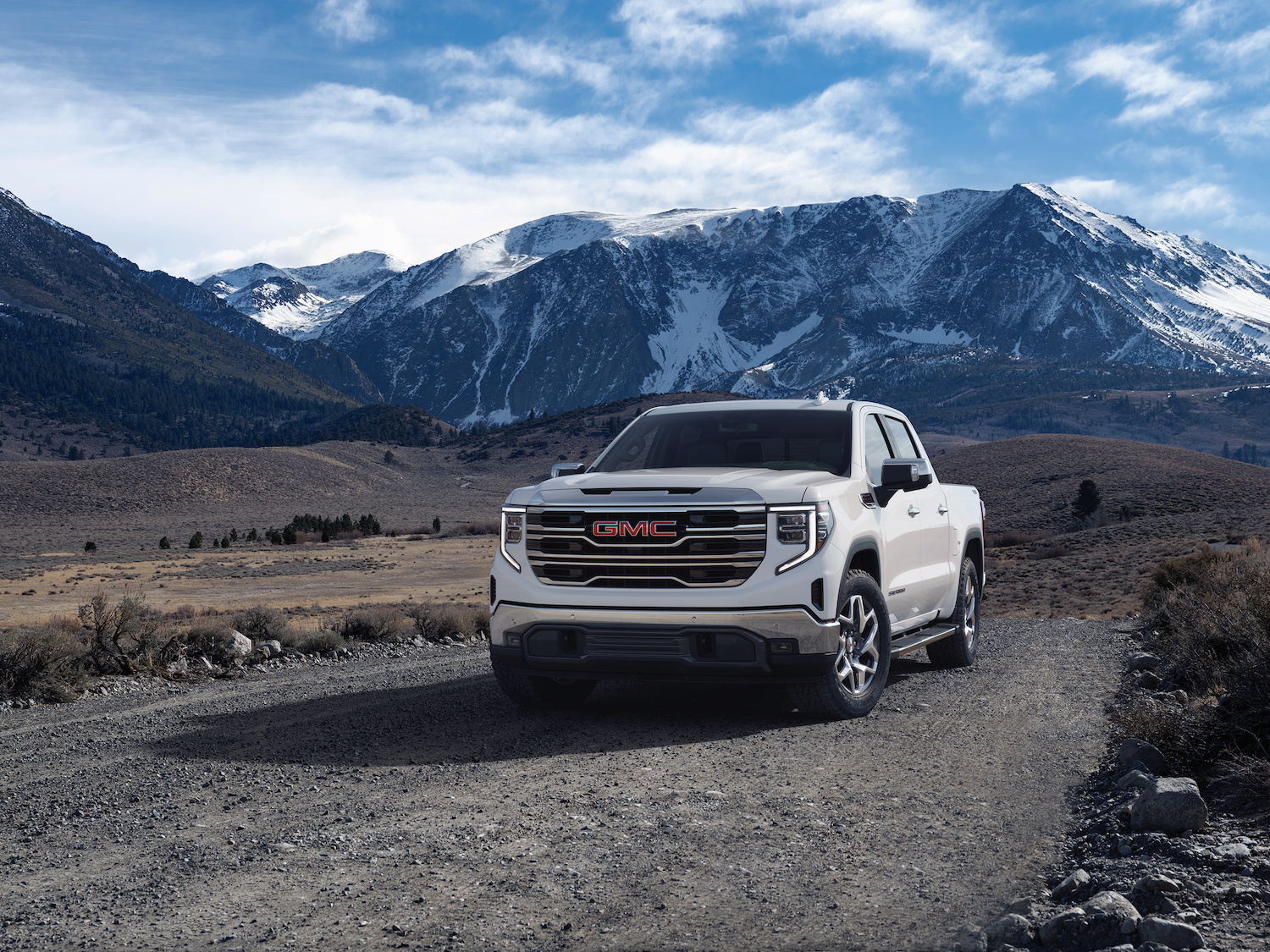Tesla Shares Tumble as Musk Offers Few Answers on Robotaxi Rollout
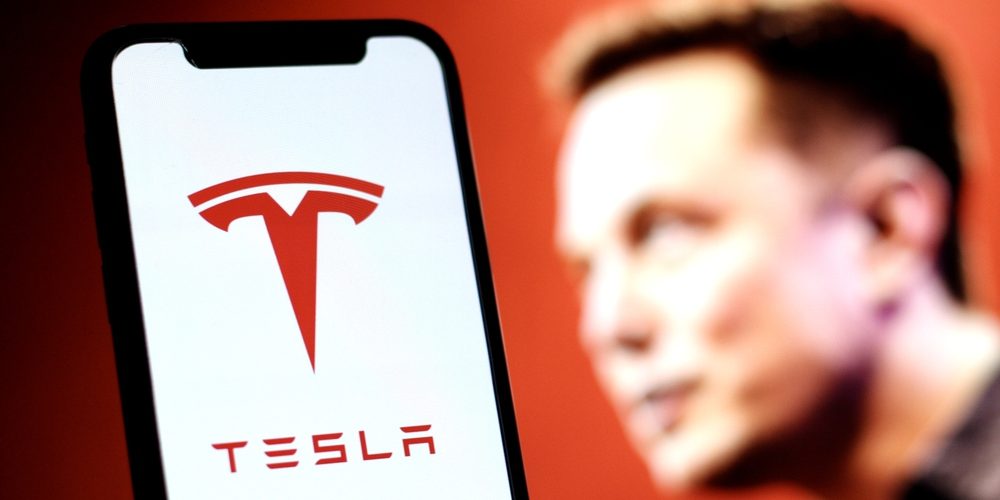
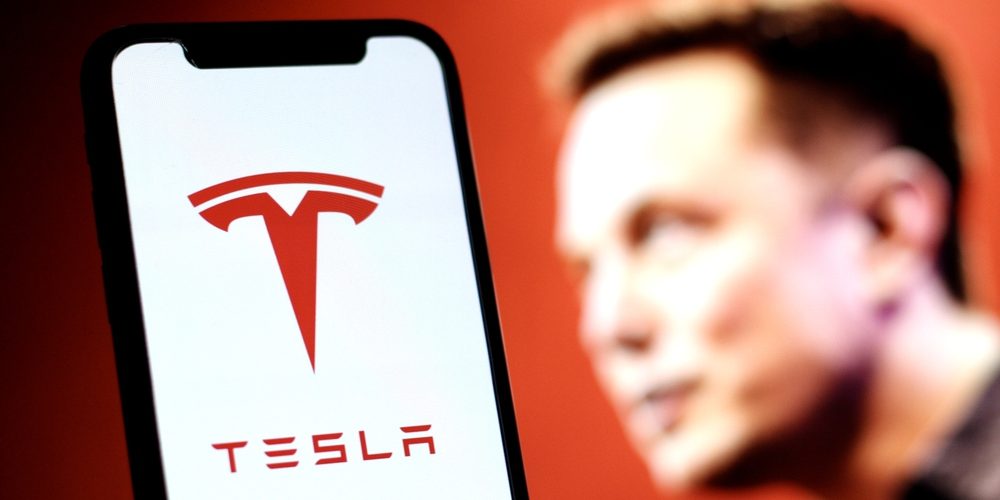
- Musk warns of “rough” quarters ahead as EV tax credits expire
- Robotaxi launch in Austin averages just 20 miles per car per day
- Investors frustrated by lack of milestones or clarity on fleet expansion
Tesla shares plunged 9% in early trading after CEO Elon Musk scrapped full-year sales guidance and failed to offer concrete details about the company’s new autonomous ride-hailing service during the Q2 earnings call.
Despite unveiling its long-anticipated robotaxi service in Austin just over a month ago, Tesla revealed the fleet has covered only 7,000 driverless miles across a dozen cars—roughly 20 miles per car per day. Investors had hoped for specifics about when and how the fleet would expand, but left disappointed.
“Investors were searching for something and not hearing it,” said Gene Munster, cofounder of Deepwater Asset Management. “I wanted to hear more details about how the master plan will advance in the near term.”
The launch was supposed to mark a new chapter for Tesla as an AI and robotics company. But on the call, Musk remained vague. He claimed the service could reach half the U.S. population by year-end—if regulators approve—while also saying Tesla would take a “very cautious” approach.
“The service areas and the number of vehicles in operation will increase at a hyper-exponential rate,” Musk added. At the same time, Tesla AI director Ashok Elluswamy confirmed that a backup driver will remain in each vehicle for the foreseeable future.
This hybrid approach raised further concerns. “They wanted to hear that the company expects the human supervisor to be removed during the quarter or that the service will shift from being invite-only to public availability,” Munster said. “That hunger was not sated.”
Investors were also left guessing about the financial model. The current flat fare is $6.90, but there’s been no word on when dynamic pricing will begin, or how Tesla expects to scale revenue.
Meanwhile, Tesla’s core EV business is struggling. Sales are down 13% for the year, and the company admitted future results are now “dependent on a variety of factors.” Musk previously promised at least 20% growth this year. That outlook has now been abandoned.
The long-promised low-cost Tesla, effectively a cheaper Model Y, is delayed until Q4. The company now aims to meet demand before federal EV tax credits expire in early October.
Musk acknowledged the impact of policy changes, saying, “We probably could have a few rough quarters,” referring specifically to Q4 2025 and the first half of 2026.
The company did manage to grow its battery storage business, with record profits from Megapacks—large units sold to power utilities. Automotive gross margins, excluding regulatory credits, improved slightly to 15%.
Tesla also expanded its Cortex data center in Austin, now housing the equivalent of 67,000 Nvidia H100 AI training chips. Musk claimed Tesla’s new AI5 chip will be so powerful that it may need to be “nerfed” before being exported abroad. “It blows way past the export restrictions,” he said.
Still, this was not enough to reassure the market. Tesla shares, which had held steady in after-hours trading, dropped sharply as the call progressed.
With Tesla trading at a steep premium—roughly 140 times next year’s projected earnings—shareholders were looking for clarity, not more promises…
If you enjoyed this article, be sure to follow us on Microsoft Start.



